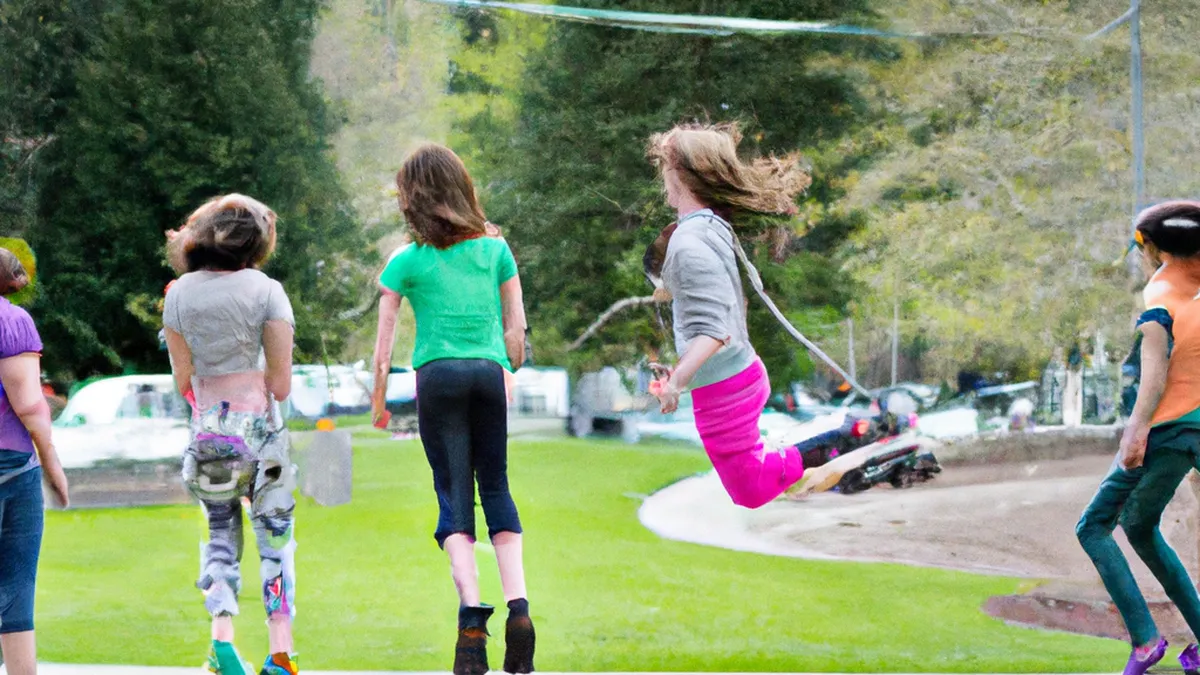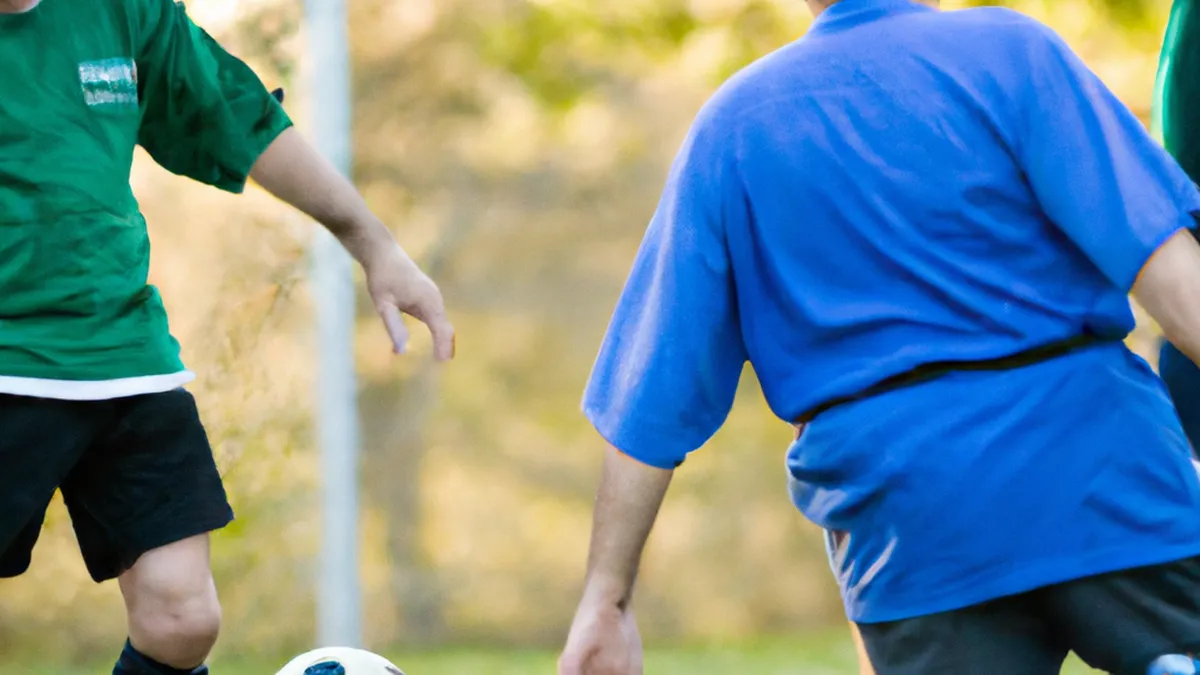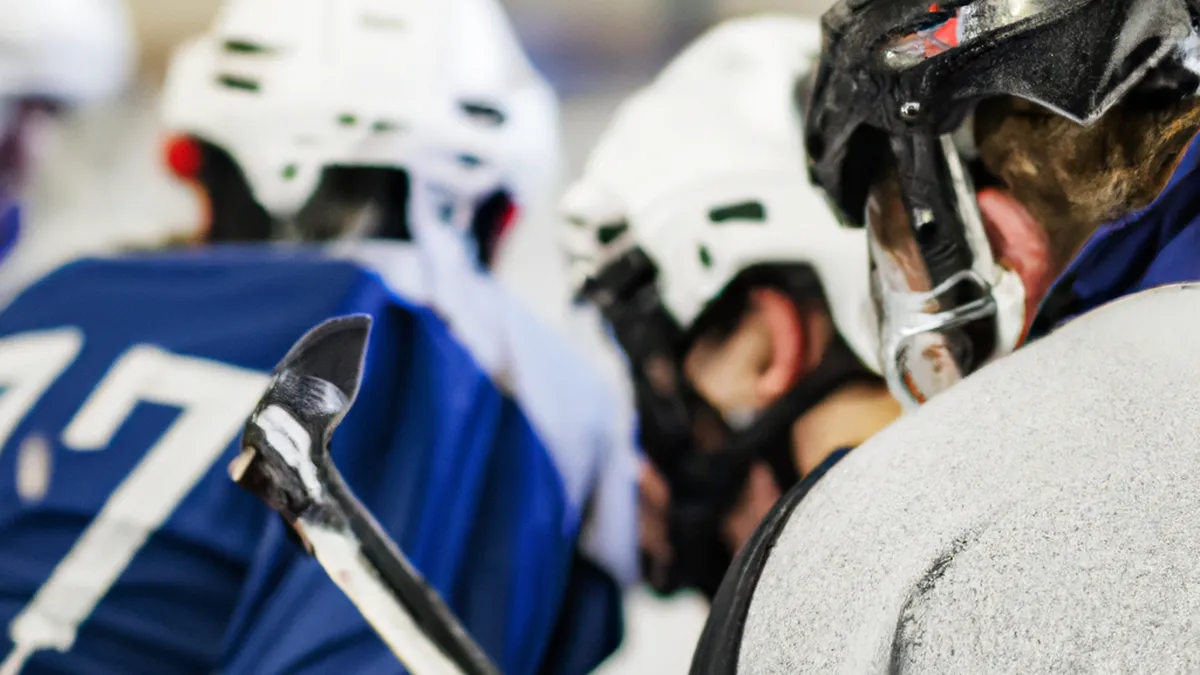Bridging Cultures in Movement Learning
The Impact of Cultural Background on Movement Skill Learning
Cultural background significantly influences learning movement skills. Factors like age, physical ability, and exposure to activities also play a role. This essay explores how culture affects movement skill acquisition, focusing on learning styles, social dynamics, family involvement, and instructional methods.
Understanding Cultural Background
Cultural background includes a community’s traditions, beliefs, and practices. It shapes language, family dynamics, and social norms. For example, some cultures promote communal physical activity, encouraging group participation in sports. Other cultures prioritize individual achievement, leading to different learning approaches.
Cultural attitudes toward physical activity influence motivation and engagement. Cultures that celebrate sports encourage children to play physically from an early age. This encouragement fosters skill development and appreciation for movement. In contrast, cultures focused on academics may deprioritize physical activity, resulting in lower proficiency in movement skills.
Movement Skill Learning Styles
Cultural background shapes learning styles, especially in physical education. Some cultures emphasize kinesthetic learning, where individuals learn through hands-on experience. In these cultures, children learn best by doing and engaging in movement. Communal dance practices and traditional sports facilitate skill acquisition and social bonding.
Other cultures may emphasize verbal instruction or visual aids. In these cases, children learn through observation and listening. A child accustomed to verbal explanations may struggle in highly physical environments without extra support.
Social Learning and Peer Influence
Peer influence plays a crucial role in movement skill learning during childhood. In collectivist cultures, children often learn from each other in collaborative environments. This social learning allows them to share techniques and encouragement, fostering mutual support. Consequently, children feel more comfortable experimenting and taking risks, enhancing skill development.
Conversely, individualistic cultures emphasize competition, leading to self-focused learning. In these environments, children may prioritize outperforming peers over collaboration. While this competitive spirit boosts skill proficiency, it can also create pressure and anxiety. Children who cannot keep up with peers may feel discouraged.
Conclusion
Cultural background significantly impacts movement skill learning. Understanding these influences can enhance skill acquisition across diverse backgrounds.
Below are related products based on this post:
FAQ
How does cultural background influence movement skill learning?
Cultural background significantly shapes how individuals learn movement skills by affecting their learning styles, motivation, and engagement. For instance, cultures that encourage communal physical activity foster a collaborative learning environment, while those that prioritize individual achievement may lead to different approaches in skill acquisition.
What role do social dynamics play in learning movement skills?
Social dynamics, particularly peer influence, are crucial in movement skill learning. In collectivist cultures, children often learn collaboratively, sharing techniques and providing mutual support. This environment encourages experimentation and risk-taking, enhancing skill development. In contrast, individualistic cultures may foster competition, which can lead to pressure and anxiety among children.
How do different learning styles impact physical education?
Different cultures emphasize various learning styles in physical education. Some cultures focus on kinesthetic learning, benefiting from hands-on experiences and active participation. Others may prioritize verbal instruction or visual aids. This can create challenges for children who are accustomed to one style when placed in an environment that favors another.















Post Comment